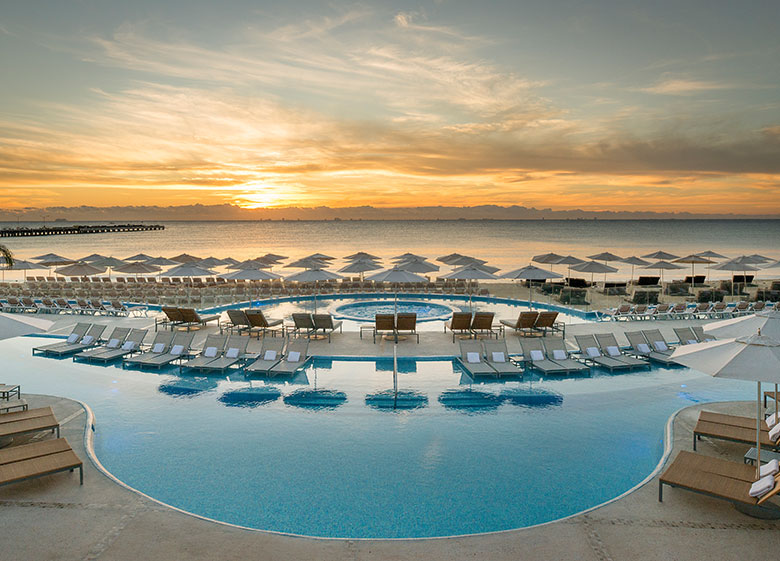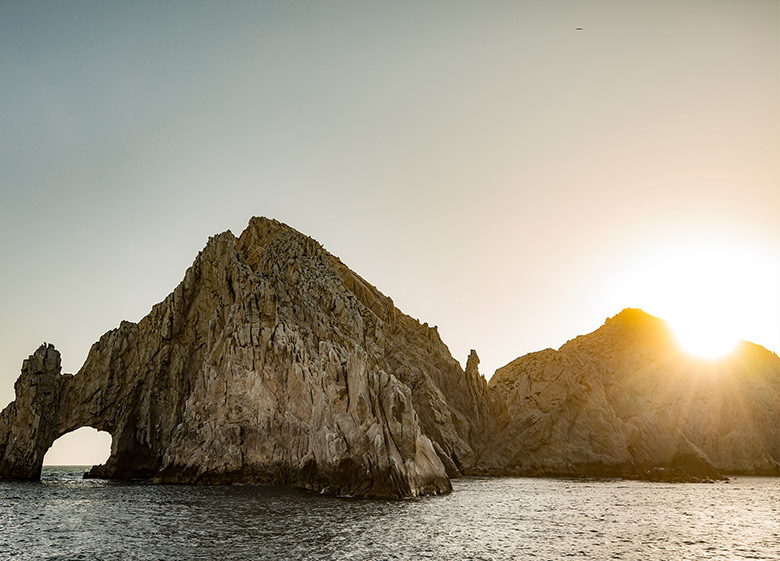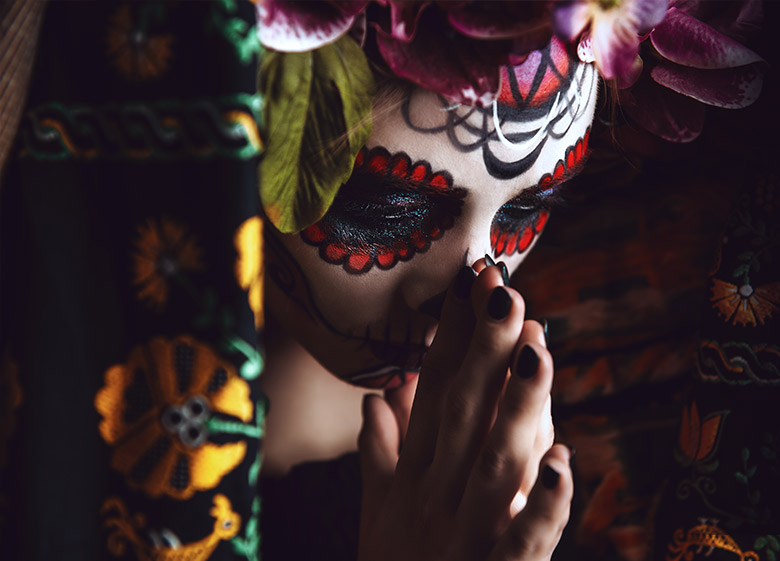What You Didn't Know About Day of Dead in Mexico

Look, this Halloween thing we do in the States is all well and good, but wouldn’t you like to celebrate these morbidly-themed festivities in a slightly different way? After all, there are only so many sexy kitten or Pennywise costumes one can tolerate before begging for a change of pace.
In Mexico, the ever-evolving concept of death dates back to the time before the first Spanish explorers even set foot on Cozumel. The transition from human sacrifices to actually setting up celebratory feasts for the departed has even incorporated elements of Halloween to its lore, in order to become the Día de Muertos that we enjoy nowadays.
Here are a few quick pointers on how to become part of this rich tradition:
Halloween, Mexican-Style
Let’s get things going with a quick reminder: The Days of the Dead are actually three. First of all you have All Hallow’s Eve (Oct. 31), which will be familiar to Americans everywhere since Mexico has embraced their tradition of setting up Halloween costume parties and scary attractions to bring out the mirth among the muerte.
You won’t find many kids Trick-or-Treating, but instead you’ll notice children asking for their calaverita or candy and spare change (the latter is preferred). Even if trick-or-treating isn’t big in Mexico, kids staying at The Grand at Moon Palace Cancun can indulge their sweet tooth with Halloween-themed treats in The Playroom, which will also be visited by a variety of Halloween characters leading up to Oct. 31. On the night itself, there will be a big Halloween horror show at the resort’s expansive theater.
Children and adults should feel free to dress up with whatever flies their flag at Moon Palace Cancun when they hit the Casa del Terror at the Galactic Ballroom for some Halloween fun tinged with a bit of Mexican-Caribbean flavor, from Oct. 26-31.
At Sun Palace, there will be a traditional Halloween Party on Oct. 31 in the lobby bar at 9 p.m., followed by a more adult-centric DJ Horror Party from 10 p.m. to 12:30 a.m.

The Dead Get Their Due
The next holidayis Día de los Inocentes, not to be confused with December’s Día de los Santos Inocentes which serves as Mexico’s answer to “April Fools”. No, Nov. 1 is All Saint’s Day, and it’s when Mexican families finish setting up their altares de muertos (altars to the dead). A typical altar consists of a table decorated with the departed’s picture on the mantle, surrounded by his or her favorite food and drink.
Many places hold actual contests that reward the most original altares, which only reinforces the festive air around this folkloric holiday. Cozumel Palace will hold one of these contests, so make sure to drop by and sample some of the unique seasonal tastes, with Pan de Muerto as the most familiar offering: It’s similar to a sweet roll covered in granulated sugar, and decorated with bread “bones” that is often paired with traditional hot chocolate.
Another sweet representation of death are the calaveritas de dulce: Sugar-made skulls that represent the passage into the afterlife and are also a nod to the pre-Columbian civilizations of Mexico, which revered the dead and often used these motifs in many artistic manifestations.
The night’s celebrations move from homes and restaurants to a fitting place: the local cemetery. Yup, Mexico truly moves the party to the place where their muertitos (the endearing term given to the departed) lie, in a loving act of remembrance filled with song, drink, and the reassurance of peace in the afterlife.
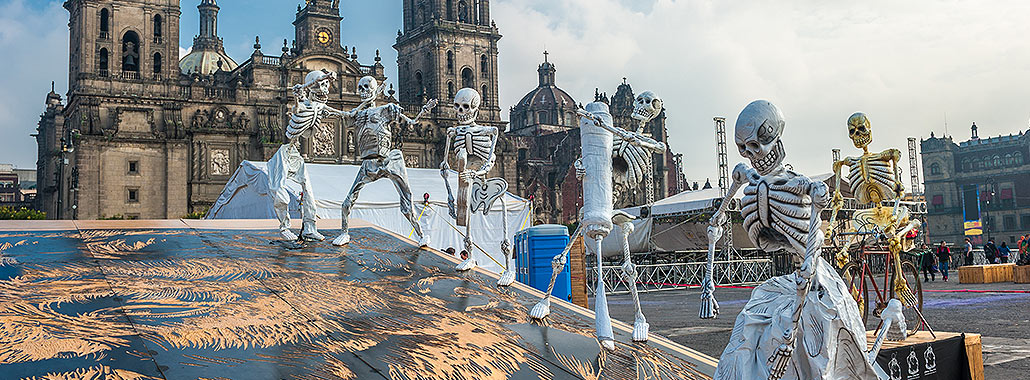
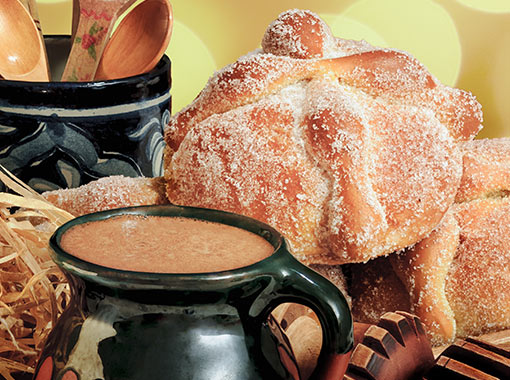
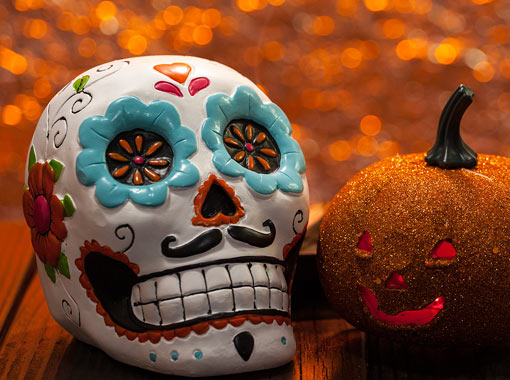
Dead Men Rising
The vigil takes us into the third day of celebration, the actual Día de Muertos (Nov. 2). You may also notice costumed people making the rounds, but they mostly dress up as calaveras and catrinas, the traditional depiction of death popularized by the revered artist and engraver José Guadalupe Posada in the late 1800’s and early 1900’s. While the face painting has gained popularity in recent years, it’s also a reminder of how Mexicans consider death as something to be celebrated (and at times even mocked), a logical stage in our life cycle which reminds us of how much we should enjoy existence in itself.
While these three days are the official dates, Mexico revs up for the Days of the Dead from early October onwards, so keep an eye open for all sorts of events related to the season at all Palace Resorts. Walk among the decorated tombstones, breathe in the sweet smell of cempasúchil (Mexican marigold, the flower of the dead), and make a toast for those who have already left us. They’ll be smiling upon you, amigos.


